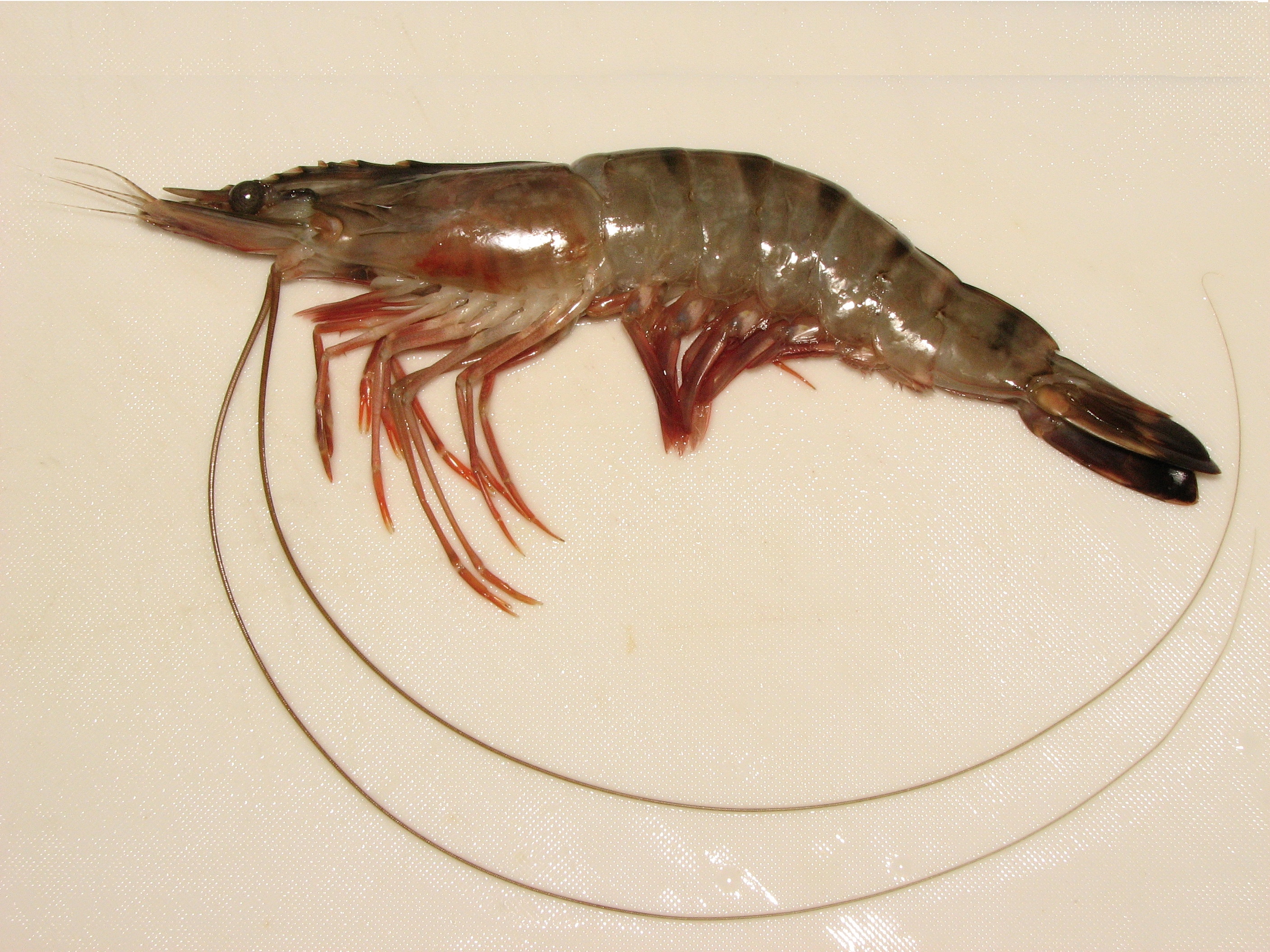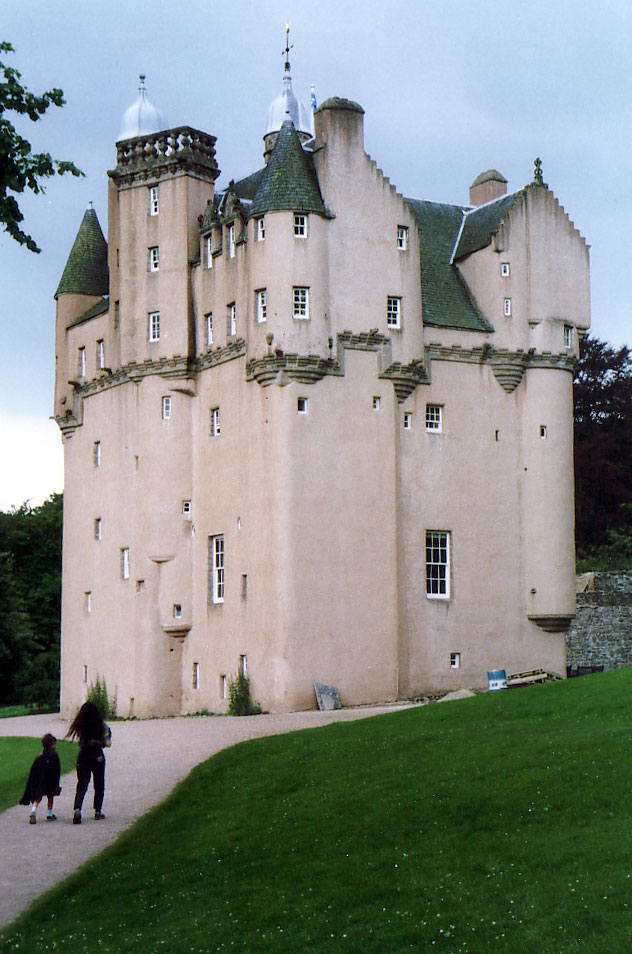|
Arduaine
Arduaine ( gd, An Àird Uaine, translation=green/fertile promontory or headland, pronounced ''"Ard oo an-ye"'') is a village in Argyll and Bute, Scotland. Arduaine is a tiny hamlet just south of Kilmelford. On the reef just outlying, it has very good, classic Scottish diving, with scallops, lobster and many local Melfort prawns and "Squat" lobsters. From a small pier, the holiday cottages on the Island of Shuna are kept supplied during the holiday season. Arduaine is home to the Arduaine Gardens which are in the care of the National Trust for Scotland and listed on the Inventory of Gardens and Designed Landscapes in Scotland. References External links *Arduaine, Kilmelford and Kilninver Home Page*National Trust for ScotlandArduaine Garden Pronunciation is Ardoonie Villages in Argyll and Bute {{Argyll-geo-stub ... [...More Info...] [...Related Items...] OR: [Wikipedia] [Google] [Baidu] |
Kilmelford
Kilmelford ( gd, Cill Mheallaird) is a village in Argyll and Bute, Scotland. It is situated near the head of the west coast sea loch, Loch Melfort, on the A816 Lochgilphead to Oban road about south of Oban. Points of interest *An Sithean (Kilmelford Cave) * Arduaine Gardens *Clachan Bridge, the ''Bridge over the Atlantic'' *The Cuilfail Hotel *Boaby The Policeman’s Garden of Remembrance *Kilmartin Glen prehistoric sites *Kilmelford Church *Slate Islands, including Easdale Easdale ( gd, Eilean Èisdeal) is one of the Slate Islands, in the Firth of Lorn, Scotland. Once the centre of the Scottish slate industry, there has been some recent island regeneration by the owners. This is the smallest of the Inner Hebrides' i ... Island Folk Museum References External links Arduaine, Kilmelford and Kilninver Home Page Villages in Argyll and Bute {{Argyll-geo-stub ... [...More Info...] [...Related Items...] OR: [Wikipedia] [Google] [Baidu] |
Argyll And Bute
Argyll and Bute ( sco, Argyll an Buit; gd, Earra-Ghàidheal agus Bòd, ) is one of 32 unitary authority council areas in Scotland and a lieutenancy area. The current lord-lieutenant for Argyll and Bute is Jane Margaret MacLeod (14 July 2020). The administrative centre for the council area is in Lochgilphead at Kilmory Castle, a 19th-century Gothic Revival building and estate. The current council leader is Robin Currie, a councillor for Kintyre and the Islands. Description Argyll and Bute covers the second-largest administrative area of any Scottish council. The council area adjoins those of Highland, Perth and Kinross, Stirling and West Dunbartonshire. Its border runs through Loch Lomond. The present council area was created in 1996, when it was carved out of the Strathclyde region, which was a two-tier local government region of 19 districts, created in 1975. Argyll and Bute merged the existing Argyll and Bute district and one ward of the Dumbarton district. The Dumbart ... [...More Info...] [...Related Items...] OR: [Wikipedia] [Google] [Baidu] |
Loch Melfort
''Loch'' () is the Scottish Gaelic, Scots and Irish word for a lake or sea inlet. It is cognate with the Manx lough, Cornish logh, and one of the Welsh words for lake, llwch. In English English and Hiberno-English, the anglicised spelling lough is commonly found in place names; in Lowland Scots and Scottish English, the spelling "loch" is always used. Many loughs are connected to stories of lake-bursts, signifying their mythical origin. Sea-inlet lochs are often called sea lochs or sea loughs. Some such bodies of water could also be called firths, fjords, estuaries, straits or bays. Background This name for a body of water is Insular CelticThe current form has currency in the following languages: Scottish Gaelic, Irish, Manx, and has been borrowed into Lowland Scots, Scottish English, Irish English and Standard English. in origin and is applied to most lakes in Scotland and to many sea inlets in the west and north of Scotland. The word comes from Proto-Indo-Europea ... [...More Info...] [...Related Items...] OR: [Wikipedia] [Google] [Baidu] |
Argyll And Bute (Scottish Parliament Constituency)
Argyll and Bute (Gaelic: ''Earra-Ghàidheal agus Bòd'') is a constituency of the Scottish Parliament ( Holyrood) covering most of the council area of Argyll and Bute. It elects one Member of the Scottish Parliament (MSP) by the first past the post method of election. It is also one of eight constituencies in the Highlands and Islands electoral region, which elects seven additional members, in addition to the eight constituency MSPs, to produce a form of proportional representation for the region as a whole. The seat has been held by Jenni Minto of the Scottish National Party since the 2021 Scottish Parliament election. Electoral region The Argyll and Bute constituency is part of the Highlands and Islands electoral region; the other seven constituencies are Caithness, Sutherland and Ross, Inverness and Nairn, Moray, Na h-Eileanan an Iar, Orkney, Shetland and Skye, Lochaber and Badenoch. The region covers most of Argyll and Bute council area, all of the Highland counc ... [...More Info...] [...Related Items...] OR: [Wikipedia] [Google] [Baidu] |
Argyll And Bute (UK Parliament Constituency)
Argyll and Bute is a county constituency of the British House of Commons, House of Commons of the Parliament of the United Kingdom. It was created for the 1983 United Kingdom general election, 1983 general election, merging most of Argyllshire (UK Parliament constituency), Argyll with some of Bute and Northern Ayrshire (UK Parliament constituency), Bute and Northern Ayrshire. A similar constituency, also called Argyll and Bute (Scottish Parliament constituency), Argyll and Bute, is used by the Scottish Parliament. Boundaries 1983–2005: Argyll and Bute District. 2005–present: The area of the Argyll and Bute Council. When created in 1983, the constituency covered the area of the Argyll, Argyll and Bute district of the Strathclyde, Strathclyde region. In 2005 it was enlarged to cover the Argyll and Bute, Argyll and Bute council area, which had been created in 1996. Thus Helensburgh, already included within the new council area, was included in the constituency. Helensburgh ... [...More Info...] [...Related Items...] OR: [Wikipedia] [Google] [Baidu] |
Scallop
Scallop () is a common name that encompasses various species of marine bivalve mollusks in the taxonomic family Pectinidae, the scallops. However, the common name "scallop" is also sometimes applied to species in other closely related families within the superfamily Pectinoidea, which also includes the thorny oysters. Scallops are a cosmopolitan family of bivalves found in all of the world's oceans, although never in fresh water. They are one of the very few groups of bivalves to be primarily "free-living", with many species capable of rapidly swimming short distances and even migrating some distance across the ocean floor. A small minority of scallop species live cemented to rocky substrates as adults, while others attach themselves to stationary or rooted objects such as seagrass at some point in their lives by means of a filament they secrete called a byssal thread. The majority of species, however, live recumbent on sandy substrates, and when they sense the presence of a p ... [...More Info...] [...Related Items...] OR: [Wikipedia] [Google] [Baidu] |
Lobster
Lobsters are a family (biology), family (Nephropidae, Synonym (taxonomy), synonym Homaridae) of marine crustaceans. They have long bodies with muscular tails and live in crevices or burrows on the sea floor. Three of their five pairs of legs have claws, including the first pair, which are usually much larger than the others. Highly prized as seafood, lobsters are economically important and are often one of the most profitable commodities in coastal areas they populate. Commercially important species include two species of ''Homarus'' from the northern Atlantic Ocean and scampi (which look more like a shrimp, or a "mini lobster")—the Northern Hemisphere genus ''Nephrops'' and the Southern Hemisphere genus ''Metanephrops''. Distinction Although several other groups of crustaceans have the word "lobster" in their names, the unqualified term "lobster" generally refers to the clawed lobsters of the family Nephropidae. Clawed lobsters are not closely related to spiny lobsters o ... [...More Info...] [...Related Items...] OR: [Wikipedia] [Google] [Baidu] |
Prawn
Prawn is a common name for small aquatic crustaceans with an exoskeleton and ten legs (which is a member of the order decapoda), some of which can be eaten. The term "prawn"Mortenson, Philip B (2010''This is not a weasel: a close look at nature's most confusing terms''Pages 106–109, John Wiley & Sons. . is used particularly in the United Kingdom, Ireland, and Commonwealth nations, for large swimming crustaceans or shrimp, especially those with commercial significance in the fishing industry. Shrimp that are present in this category often belong to the suborder Dendrobranchiata. In North America, the term is used less frequently, typically for freshwater shrimp. The terms shrimp and prawn themselves lack scientific standing. Over the years, the way they are used has changed, and in contemporary usage the terms are almost interchangeable. Shrimp'' vs. ''prawn Regional distinctions The terms shrimp and prawn originated in Britain. In the use of common names for species, shrim ... [...More Info...] [...Related Items...] OR: [Wikipedia] [Google] [Baidu] |
Pier
image:Brighton Pier, Brighton, East Sussex, England-2Oct2011 (1).jpg, Seaside pleasure pier in Brighton, England. The first seaside piers were built in England in the early 19th century. A pier is a raised structure that rises above a body of water and usually juts out from its shore, typically supported by piling, piles or column, pillars, and provides above-water access to offshore areas. Frequent pier uses include fishing, boat docking and access for both passengers and cargo, and oceanside recreation. Bridges, buildings, and walkways may all be supported by Pier (architecture), architectural piers. Their open structure allows tides and currents to flow relatively unhindered, whereas the more solid foundations of a quay or the closely spaced piles of a wharf can act as a Breakwater (structure), breakwater, and are consequently more liable to silting. Piers can range in size and complexity from a simple lightweight wooden structure to major structures extended over . In Amer ... [...More Info...] [...Related Items...] OR: [Wikipedia] [Google] [Baidu] |
National Trust For Scotland
The National Trust for Scotland for Places of Historic Interest or Natural Beauty, commonly known as the National Trust for Scotland ( gd, Urras Nàiseanta na h-Alba), is a Scottish conservation organisation. It is the largest membership organisation in Scotland and describes itself as "the conservation charity that protects and promotes Scotland's natural and cultural heritage for present and future generations to enjoy". The Trust owns and manages around 130 properties and of land, including castles, ancient small dwellings, historic sites, gardens, coastline, mountains and countryside. It is similar in function to the National Trust, which covers England, Wales, and Northern Ireland, and to other national trusts worldwide. History The Trust was established in 1931 following discussions held in the smoking room of Pollok House (now a Trust property). The Trust was incorporated on 1 May 1931, with John Stewart-Murray, 8th Duke of Atholl being elected as its first president, ... [...More Info...] [...Related Items...] OR: [Wikipedia] [Google] [Baidu] |
Inventory Of Gardens And Designed Landscapes In Scotland
The ''Inventory of Gardens and Designed Landscapes in Scotland'' is a listing of gardens and designed landscapes of national artistic and/or historical significance, in Scotland. The Inventory was originally compiled in 1987, although it is a continually evolving list. From 1991 it was maintained by Historic Scotland and Scottish Natural Heritage, and is now updated by a dedicated team within Historic Environment Scotland. As of 2016 the Inventory includes over 300 sites across Scotland. Background Unlike listed building status, there is no statutory basis for the Inventory, and inclusion of a site on the Inventory does not offer any legal protection. However, under the Town and Country Planning (Development Management Procedure) (Scotland) Regulations 2013, planning authorities are required to consult Historic Environment Scotland on "development which may affect a historic garden or designed landscape".Historic Environment Scotland Policy Statement (2016) pp.24–26, para 2.77 Th ... [...More Info...] [...Related Items...] OR: [Wikipedia] [Google] [Baidu] |






